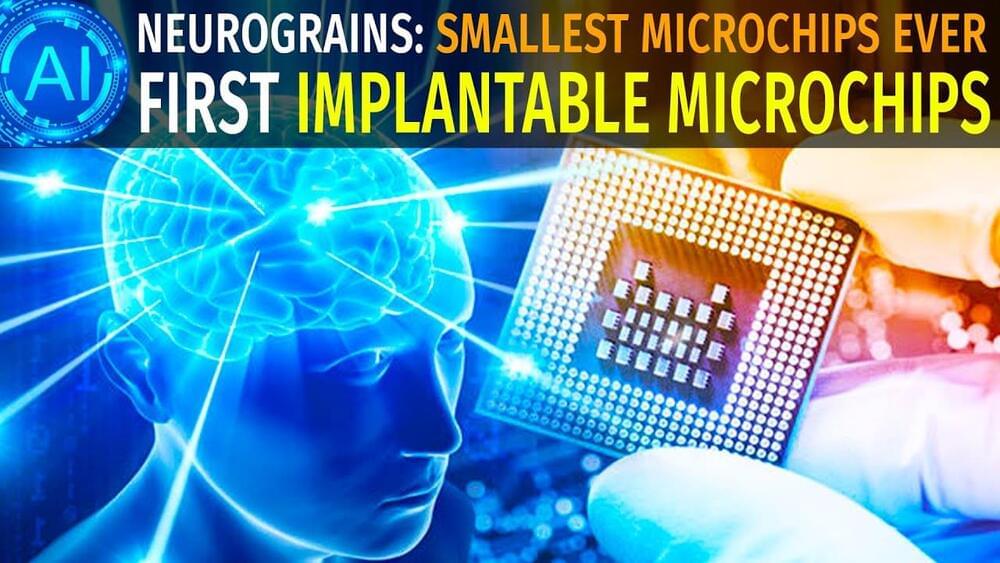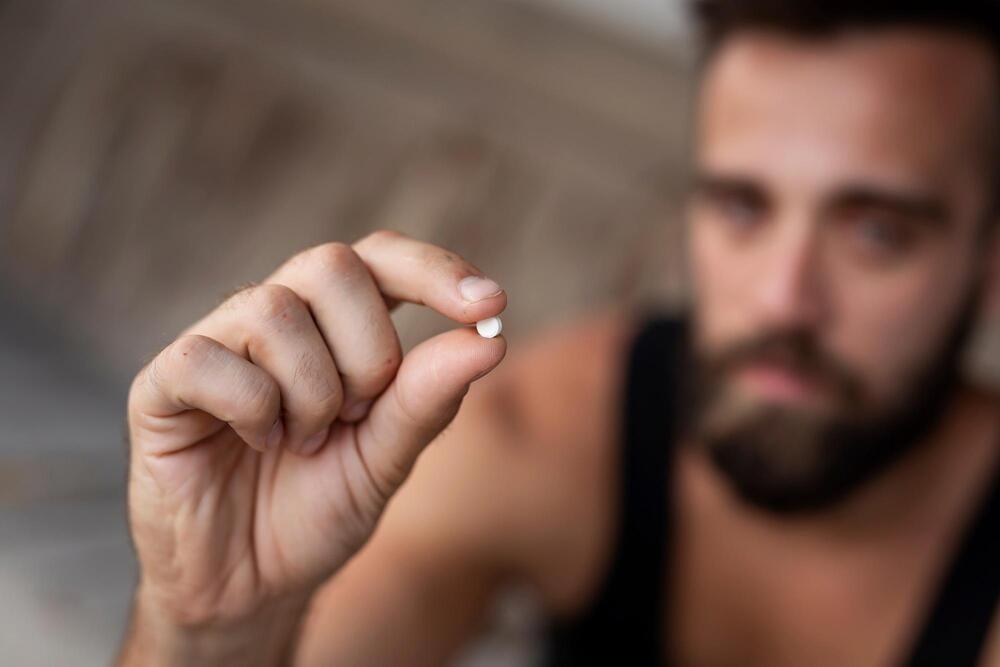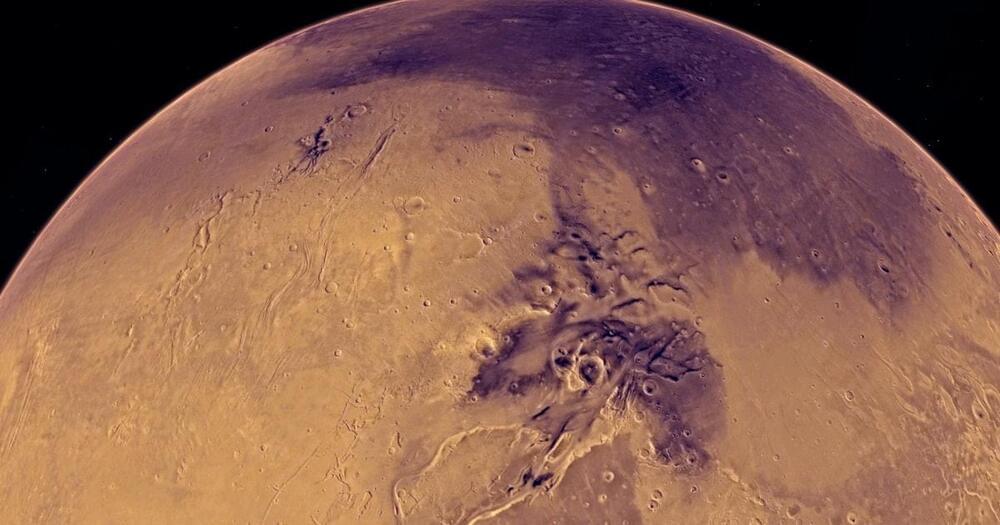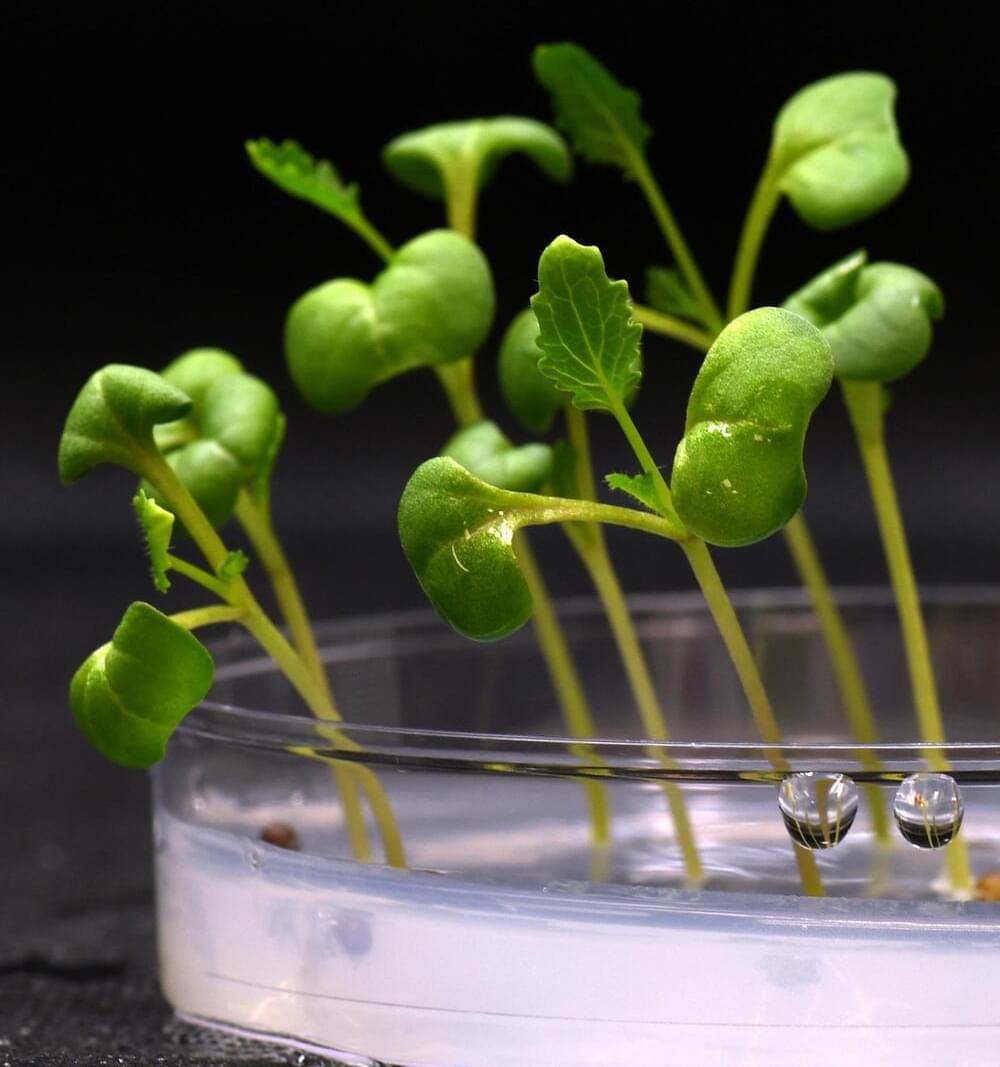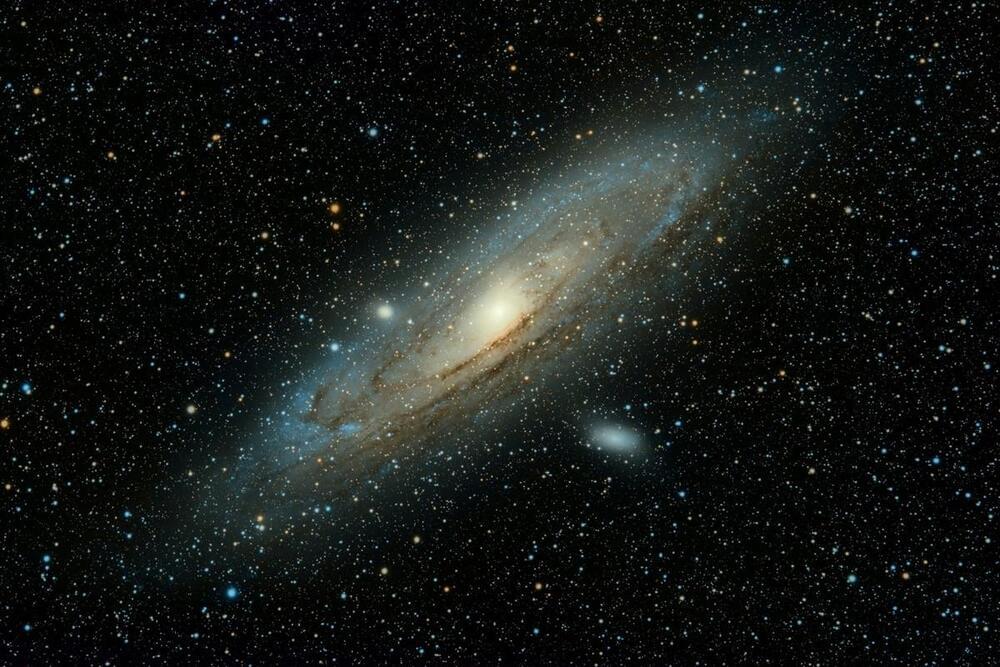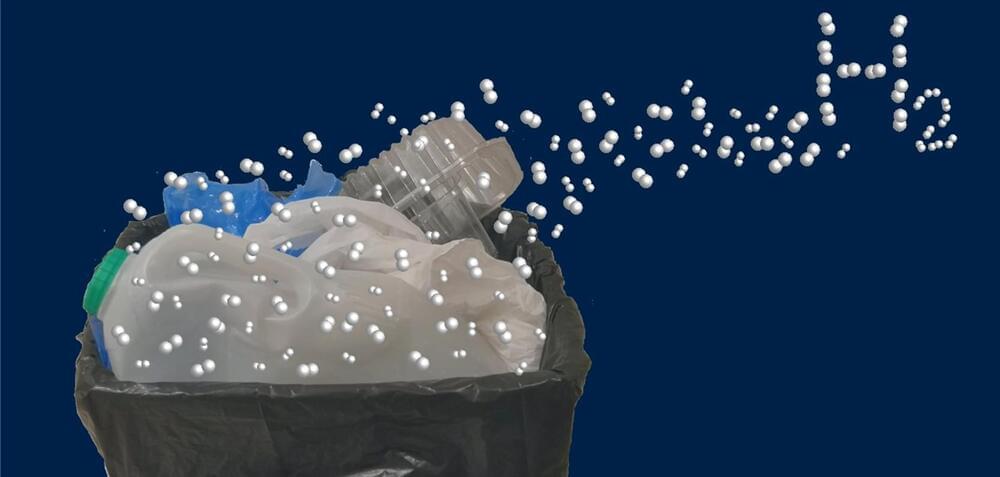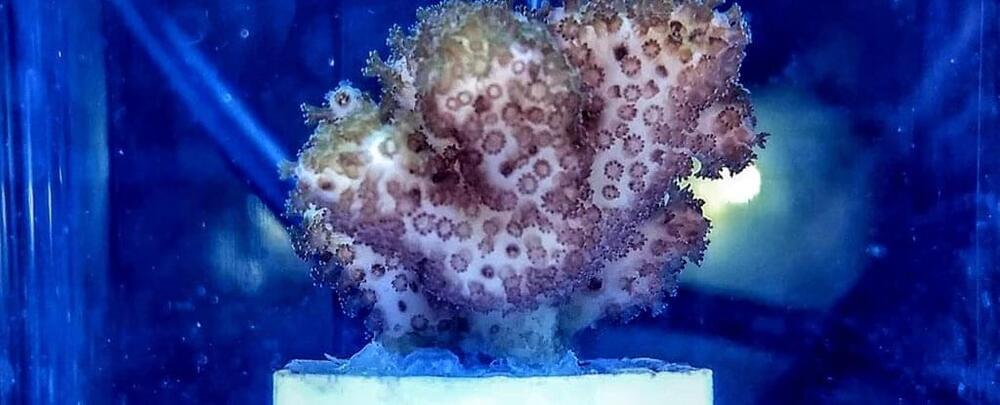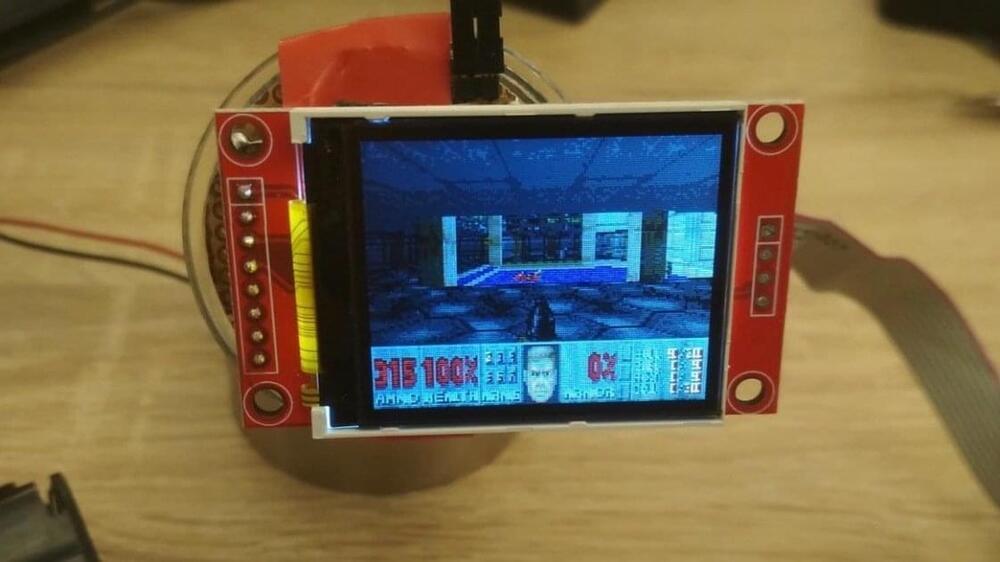Jun 28, 2022
Why People are Microchipping their Brains — Next-Gen BCI’s: Neurograins
Posted by Dan Breeden in categories: biotech/medical, computing, Elon Musk, neuroscience
Neurograins might be the future of implantable Brain Computer Interfaces due to their advantages in terms of abilities and safety in terms of implantation. Due to being the smallest Microchips ever made, in addition to being very powerful, they can make very high resolution recordings of brain activity and even stimulate areas in the brain for medical treatments for people suffering from brain disorders.
The field of neuroscience is developing at a rapid pace, which constantly improves on our BCI Technology and enabling more and more treatments and applications for Brain Computer Interface. It’s clear that this is very advanced future technology and who knows, maybe these new Neurograin Brain Computer Interfaces may play a part in it. Or maybe Elon Musk’s Neuralink’s approach will win in the end. People willingly microchipping their brains will be more common in the future.
–
Continue reading “Why People are Microchipping their Brains — Next-Gen BCI’s: Neurograins” »
